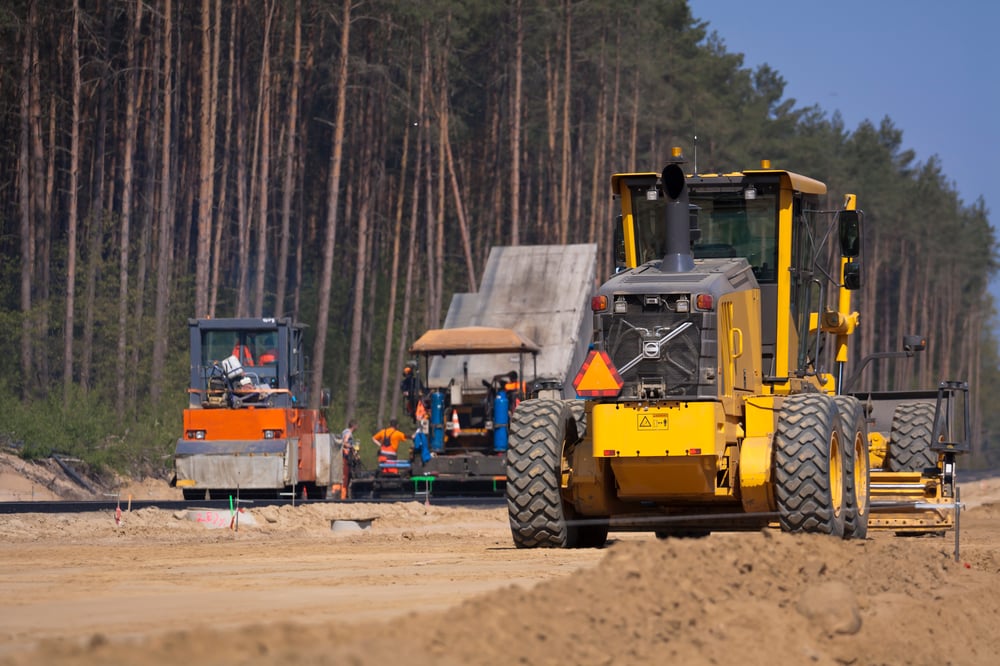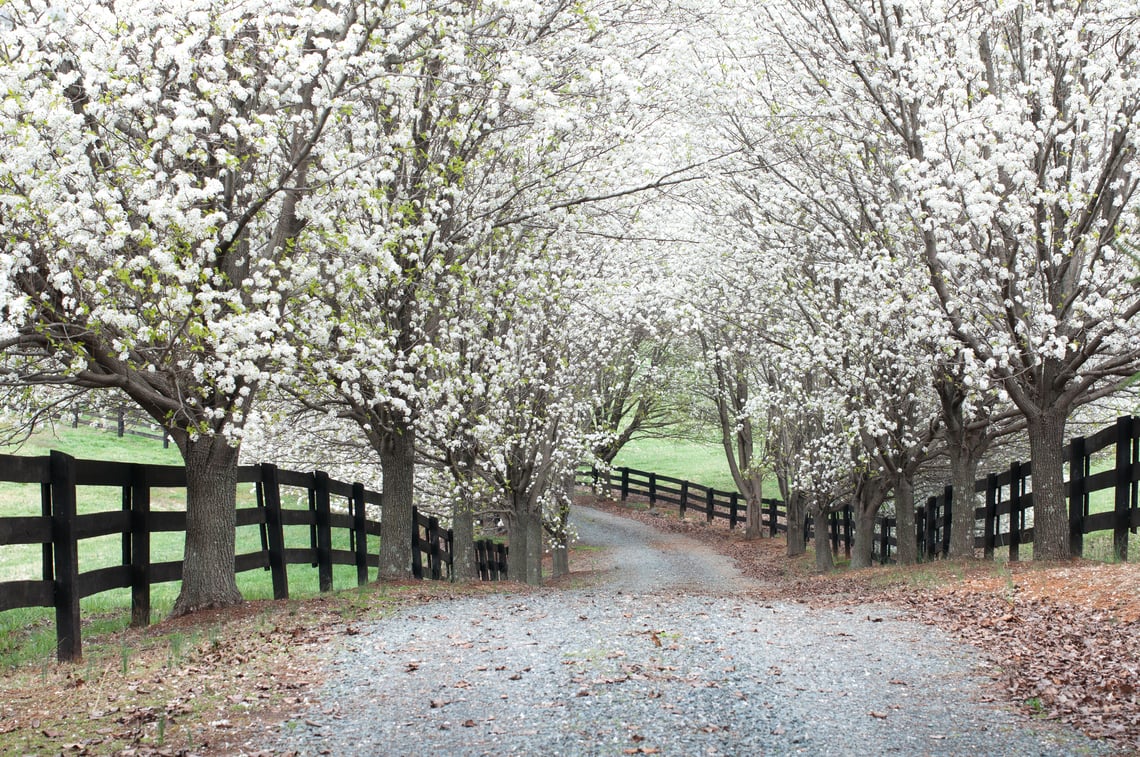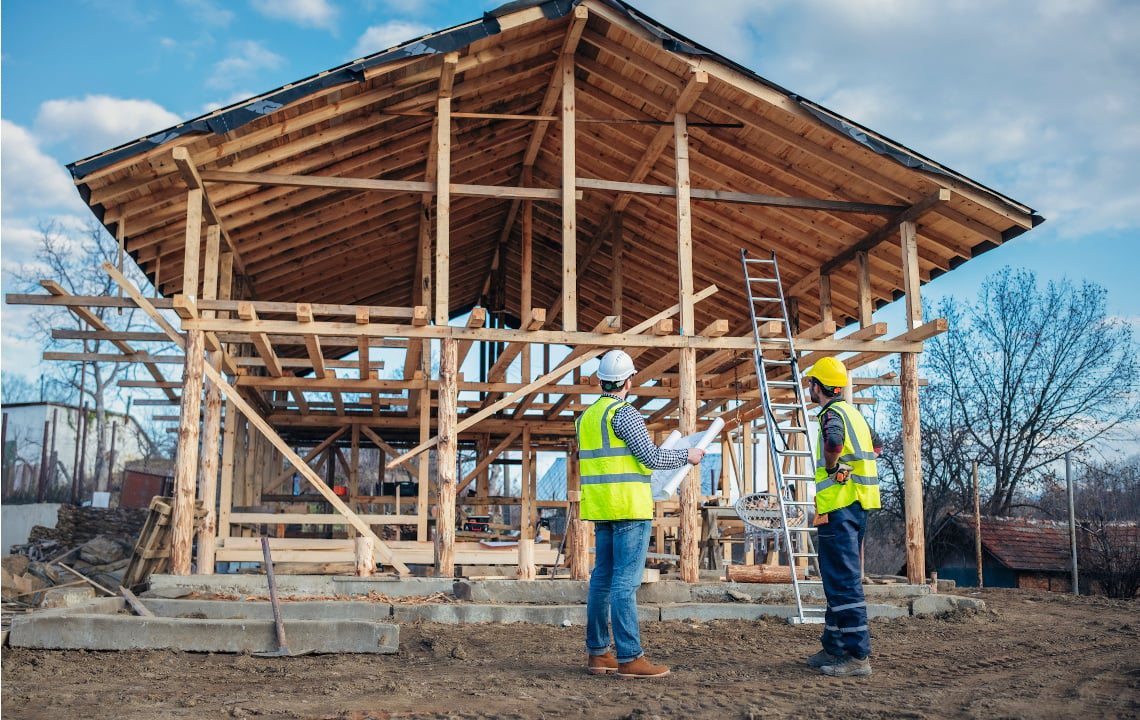Consider a gravel driveway if you want to set your house back from the road. Gravel is an affordable option that gives your property some country curb appeal.
There are so many fun decisions to make when you buy raw land. It’s exciting to think about where you’ll build your home and maybe even where you’ll put in a garden.
If you’re like many country folks, you probably want some distance between your home site and the road. Maybe you want a prettier view from your office or you want your kids to be able to play outside safely.
Whatever the reason, a long driveway might be on the wish list. But what about the logistics and costs involved?
While asphalt and concrete are common driveway materials in cities and suburbs, they might not be the best fit for longer country driveways. Asphalt materials cost on average $2 to $5 per square foot. Concrete ranges from $5 to $6 per square foot. Gravel is much more affordable, with average material costs of $1 to $3 per square foot. You can imagine how these costs add up when you’re planning a long country driveway.
Gravel driveways are also the longest lasting with an average lifespan of 100 years. Asphalt lasts about 12 to 20 years and concrete about 25 to 50 years before they need to be replaced.
All driveways require upkeep. Concrete and asphalt need to be sealed regularly, and cracks may develop which need to be repaired by the experts.
Gravel driveways do lose gravel over time which needs to be replaced, but you can minimize the loss with thoughtful design and attentive maintenance.
So how do you go about having a gravel driveway built on your new land?

Tanny Leblanc, a contractor who builds driveways in Calcasieu Parish, Louisiana, recommends new landowners work with a contractor or engineer who utilizes technology to design high quality driveways.
Gravel driveways, when designed correctly, absorb and shed water efficiently, preventing excess gravel loss, potholes and other problems. Leblanc’s company uses topographical mapping tools to identify existing water flow patterns on the property to consider when designing driveways.
One design method that may be appropriate for your land to help manage water flow is called “crowning.” The center of the driveway surface is built slightly higher than the sides, which allows for water to flow down and away. This method prevents pooling, which can damage the sub-structure of the driveway.
Leblanc also designs culverts and ditches where appropriate, allowing for efficient water flow and preventing erosion, gravel loss and other problems.
Once the driveway is designed, your contractor will work with local officials on any necessary permitting processes. In Leblanc’s parish, a site visit with an engineer is required before he can break ground. If he has to install a culvert to direct water flow at the entrance to the property, it must meet local standards.
“The engineer sizes the culvert properly. They usually have to be 24 feet at a minimum. That way you can get in and out of the driveway.”
Prepping Your Land for a Driveway

When it’s time for your contractor to build the driveway, the nature of your property will dictate next steps. If you have a large stand of pine trees between your home site and the road, for example, they’ll have to go.
Leblanc uses a bulldozer and backhoe to remove trees. He said the stumps must be removed from the ground and backfilled before a road is built on top.
“You can’t just shear the trees,” he said. “If you leave the stumps in the ground, you leave a void when the stump rots. You’ll lose dirt and your driveway will be damaged.”
The sub-surface structure of your driveway is absolutely critical to its long-term health. A durable sub-structure will prevent pitting and potholes – problems you don’t want to have if you’re trying to avoid expensive maintenance and upkeep.
Your contractor will then use heavy equipment to scrape off top soil (save it for your garden!) and begin building the road on a solid foundation, typically thick clay.
“You want to replace [top soil] with a clay that packs,” said Leblanc. “Then top dress it with lime to stiffen it up or go back in with an aggregate. Then you bring in the rock.”
Maintaining Your Gravel Driveway

Once the driveway is built and you begin using it, keep an eye out for gravel loss, unexpected water flow, and any potholes that may develop.
Leblanc said landowners can always go back in and build a culvert if one is needed to re-route water flow. And potholes should be widened and backfilled with new gravel to prevent sub-surface damage.
Ask potential contractors about design and planning, the quality of the sub-soil structure in your area and the materials available for building your driveway.
While you should expect some maintenance with your gravel driveway – including periodically replacing lost gravel – a solid design can help prevent major problems from arising.
With thoughtful planning, a gravel driveway may be the perfect way to set your house back from the road and enjoy a quieter, slower way of life.
Sources:
“The pros and cons of 6 driveway materials.” The Washington Post. 2019. Available at: https://www.washingtonpost.com/lifestyle/home/the-pros-and-cons-of-6-driveway-materials/2019/07/02/4de84cb6-92a3-11e9-b570-6416efdc0803_story.html
"Driveway maintenance on an acreage.” Iowa State University. 2016. Available at: https://www.extension.iastate.edu/smallfarms/driveway-maintenance-acreage
























